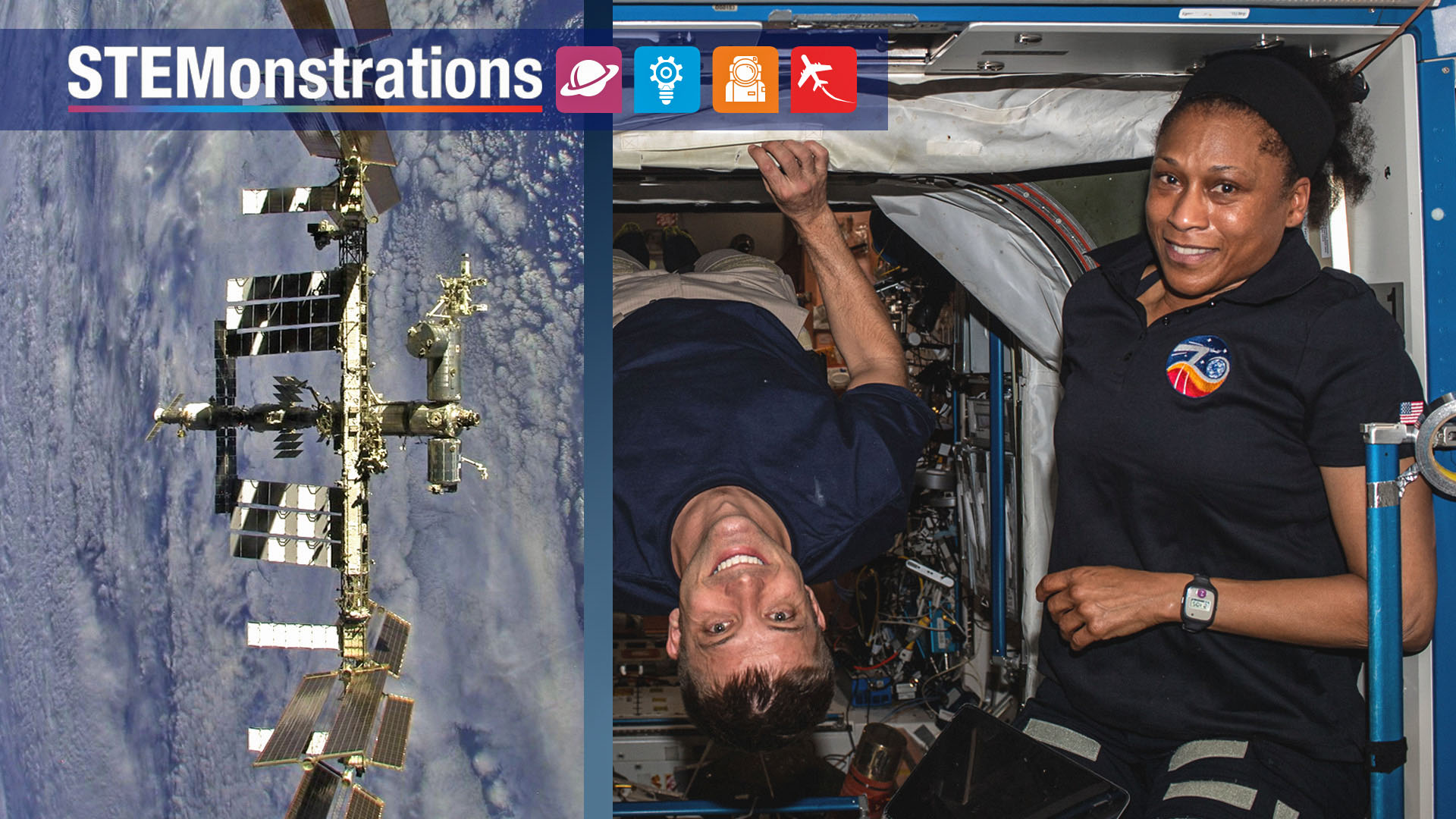Editor’s Note: This web article was updated on Aug. 8, 2024, to reflect a change in the list of science investigations conducted aboard the space station.
NASA and its international partners are sending scientific investigations to the International Space Station on Northrop Grumman’s 21st commercial resupply services mission. Flying aboard the company’s Cygnus spacecraft are tests of water recovery technology and a process to produce stem cells in microgravity, studies of the effects of spaceflight on microorganism DNA, and live science demonstrations for students. The mission is scheduled to launch from Cape Canaveral Space Force Station in Florida by early August.
Read more about some of the research making the journey to the orbiting laboratory:
Testing materials for packed systems
Packed bed reactors are systems that use materials such as pellets or beads “packed” inside a structure to increase contact between different phases of fluids, such as liquid and gas. These reactors are used for various applications including water recovery, thermal management, and fuel cells. Scientists previously tested the performance in space of glass beads, Teflon beads, a platinum catalyst, and other packing materials. Packed Bed Reactor Experiment: Water Recovery Series evaluates gravity’s effects on eight additional test articles.
Results could help optimize the design and operation of packed bed reactors for water filtration and other systems in microgravity and on the Moon and Mars. Insights from the investigation also could lead to improvements in this technology for applications on Earth such as water purification and heating and cooling systems.
Giving science a whirl
STEMonstrations Screaming Balloon uses a balloon, a penny, and a hexagonal nut (the kind used to secure a bolt) for a NASA STEMonstration performed and recorded by astronauts on the space station. The penny and the nut are whirled separately inside an inflated balloon to compare the sounds they make. Each STEMonstration illustrates a different scientific concept, such as centripetal force, and includes resources to help teachers further explore the topics with their students.
More, better stem cells
In-Space Expansion of Hematopoietic Stem Cells for Clinical Application (InSPA-StemCellEX-H1) continues testing a technology to produce human hematopoietic stem cells (HSCs) in space. HSCs give rise to blood and immune cells and are used in therapies for patients with certain blood diseases, autoimmune disorders, and cancers.
The investigation uses a system called BioServe In-space Cell Expansion Platform, or BICEP, which is designed to expand HSCs three hundredfold without the need to change or add new growth media, according to Louis Stodieck, principal investigator at the University of Colorado Boulder. “BICEP affords a streamlined operation to harvest and cryopreserve cells for return to Earth and delivery to a designated medical provider and patient,” said Stodieck.
Someone in the United States is diagnosed with a blood cancer such as leukemia about every three minutes. Treating these patients with transplanted stem cells requires a donor-recipient match and long-term repopulation of transplanted stem cells. This investigation demonstrates whether expanding stem cells in microgravity could generate far more continuously renewing stem cells.
“Our work eventually could lead to large-scale production facilities, with donor cells launched into orbit and cellular therapies returned to Earth,” said Stodieck.
DNA repair in space
Rotifer-B2, an ESA (European Space Agency) investigation, explores how spaceflight affects DNA repair mechanisms in a microscopic bdelloid rotifer, Adineta vaga. These tiny but complex organisms are known for their ability to withstand harsh conditions, including radiation doses 100 times higher than human cells can survive. The organisms are dried, exposed to high radiation levels on Earth, and rehydrated and cultured in an incubator on the station.
“Previous research indicates that rotifers repair their DNA in space with the same efficiency as on Earth, but that research provided only genetic data,” said Boris Hespeels, co-investigator, of Belgium’s Laboratory of Evolutionary Genetics and Ecology. “This experiment will provide the first visual proof of survival and reproduction during spaceflight,” said Hespeels
Results could provide insights into how spaceflight affects the rotifer’s ability to repair sections of damaged DNA in a microgravity environment, and could improve the general understanding of DNA damage and repair mechanisms for applications on Earth.
This mission also delivers plants for the APEX-09 investigation, which examines plant responses to stressful environments and could inform the design of bio-regenerative support systems on future space missions.
Melissa Gaskill
International Space Station Research Communications Team
NASA’s Johnson Space Center
Download high-resolution photos and videos of the research mentioned in this article.
Search this database of scientific experiments to learn more about those mentioned in this article.
































